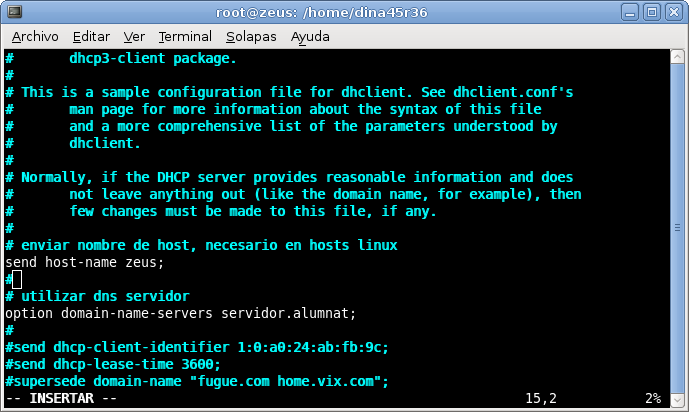Freebsd Installing Dig Host Nslookup Syntax
- 19 Comments!

- Use this tool to perform a dig for a given domain or host. You can also add flags to the input to include things such as the axfr flag to pull a full DNS zone file.
- CVE (version 20061101) and Candidates as of 20170807 Candidates must be reviewed and accepted by the CVE Editorial Board before they can be added to the official CVE.
- Cisco Command Juniper Command Co-Ordinating Definition; show run: sh configuration: Show running configuration: sh ver: sh ver: Show version: show ip interface brief.
Linux and Unix nslookup command help, examples, and information. There are several type of DNS servers such as master, slave, forwarding and cache. Among every DNS servers, caching-only dns is the one, which is easier to. In this howto i will show you the DNS Server Installation Step by Step Using CentOS 6.3.
Setup Caching- Only DNS Server Using . DNS use UDP protocol so it will reduce the query time because UDP protocol does not have an acknowledgement. Setup Caching- Only DNS in Cent. OSRead Also: Setup Master- Slave DNS Server in Cent.
OS 6. 5. The caching- only DNS server is also known as a resolver. It will query DNS records and get all DNS information from other servers and stores the each query request in its cache for later use. While we are querying same request for the second time, it will serve from its cache, this way it reduces query time.

If you’re looking to setup DNS Caching- Only Server in Cent. OS/RHEL 7, follow this guide here: Setting Up Caching- Only DNS Name Server in Cent. OS/RHEL 7. My Testing Environment. IP Address:1. 92. Host- name:dns. OS:Centos 6. 5 Final.
Ports Used:5. 3. Config File:/etc/named. Step 1: Installing Caching- Only DNS1. The Caching- Only DNS, can be installed by using package .
Let’s do a small search for the package name if we don’t remember the fill package name using below command.# yum search bind. Search Bind Package. Burroughs Belt Tension Gauge Manual Woodworkers more. In the above result, you see the packages that displayed.
From that we need to choose the . Once, DNS packages are installed, move forward to configure DNS. Open and edit . Next, make changes as suggested below or you can use your settings as per your requirements. Following are the changes, that we need to do for a caching- only DNS server.
Here, by default the localhost will be there, we need to add the . After editing the file, we have to confirm whether the . If the server enabled with selinux, after editing . Next, open the port 5. I INPUT - p udp - -dport 5.
ACCEPT. Iptables Open DNS Port. Step 4: Chroot Caching- Only DNS8. If you want to run the DNS caching- server under chroot environment, you need to install the chroot package only, no need of further configuration, as it by default hard- link to chroot.# yum install bind- chroot - y. Once chroot package has been installed, you can restart the named service to take new changes.# /etc/init. Once you restart named service, it automatically create a hard- link from the /etc/named config files to /var/named/chroot/etc/ directory. To confirm, just use the cat command under /var/named/chroot.# sudo cat /var/named/chroot/etc/named.
Chroot Caching Only DNSIn the above configuration, you will see the same /etc/named. Step 5: Client Side DNS Setup. Add the DNS caching servers IP 1. In Debian based machines it will be under /etc/resolv. RPM based machines it will be under setup command or we can edit manually under /etc/sysconfig/network- scripts/ifcfg- eth. Finally it’s time to check our cache server using some tools.
We can test using dig & nslookup commands in Linux systems, and in windows you can use the nslookup command. Bbc Weather Widget Not Updating.
Cisco/Juniper Commandsshow route receive- protocol bgp neighshow route source- gateway neigh protocol bgp.